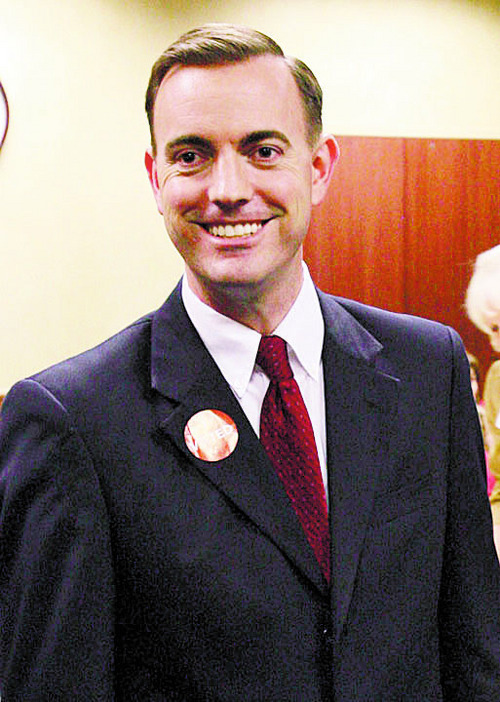This is an archived article that was published on sltrib.com in 2014, and information in the article may be outdated. It is provided only for personal research purposes and may not be reprinted.
Last week, the National Institute of Health and Smart Growth America published research by University of Utah professor Reid Ewing and others that showed that denser, connected urban areas are better than sprawling ones in a number of key metrics. People in more compact communities live longer, have a lower overall cost of living, have more transportation and entertainment options, and have a greater likelihood of upward social mobility. They walk more, are less obese, and have fewer automobile accidents.
We believe that this research helps validate the direction Utah planners and elected officials are working toward with the Wasatch Choice for 2040 Vision and Gov. Gary Herbert's Your Utah, Your Future statewide visioning initiative. Over the next three decades we will see an additional 1.4 million people in Salt Lake, Davis, Weber, and Utah Counties — a 65 percent increase. Demographers tell us that some of these will be move-ins, but most will be our own children and grandchildren. Where will they all live? Where will they work and play? And how will we navigate a Wasatch Front with such a population?
These are the issues being addressed with the Wasatch Choice for 2040 Vision. If we implement the plan it will reduce region-wide traffic congestion by 18 percent, improve air quality, and save about $4.5 billion in infrastructure, transportation, and housing costs over the next 20 years. One of the keystones of this vision is to accommodate growth in town centers, near regional transportation systems. It is true that many Utahns would rather maintain their suburban lifestyle in a single-family home. But we believe that accommodating much of the new growth in town centers near transit stations is the best way to maintain the character of existing neighborhoods.
As mayors, we both worked within our cities to make these smart planning guidelines realities. In West Valley City the arrival of the TRAX light rail line was met with plans for transit oriented development, leveraging these stations to create denser "town centers." The half-billion dollar Fairbourne Station project was launched in West Valley's city center, for example, resulting in the 162-room Embassy Suites Hotel, a beautiful park promenade, and 1,000 high-density, mid-rise, urban style residences. Eventually, 200,000 square feet of office space and 200,000 square feet of restaurant and retail space will be part of the project.
In Farmington, the arrival of FrontRunner commuter rail was met with the 62-acre Station Park mixed-use project. Featuring 400,000 square feet of restaurant and retail, with 500,000 square feet under construction, this transit-oriented project has movie theaters, a Harmons grocery store, an ice rink, and more. The Park Lane Village Apartments and other multi-family projects have done very well near Station Park, and more are under construction.
The Wasatch Choice for 2040 Vision is a good one, and resulted from a collaborative effort of numerous stakeholders. The "tool box" of planning ideas, zoning templates and best practices is spot on. But plans such as these do no good if they only sit on shelves. We encourage community leaders throughout the state to use these ideas and implement them in their respective cities. Only then can the benefits of compact and connected urban areas, as quantified in the recent study, be enjoyed by more Utahns.
Mike Winder was mayor of West Valley City. Scott Harbertson was mayor of Farmington.



